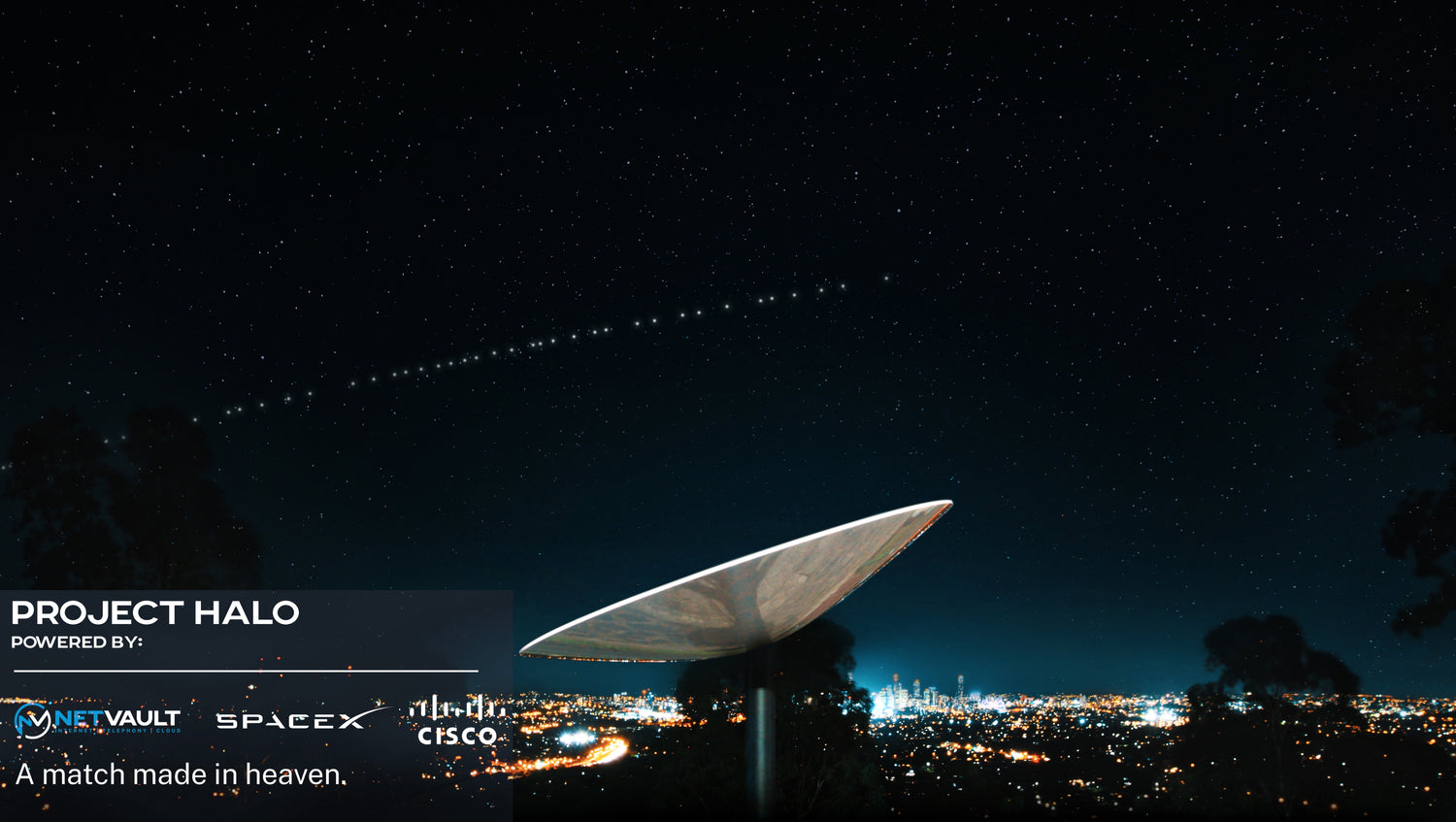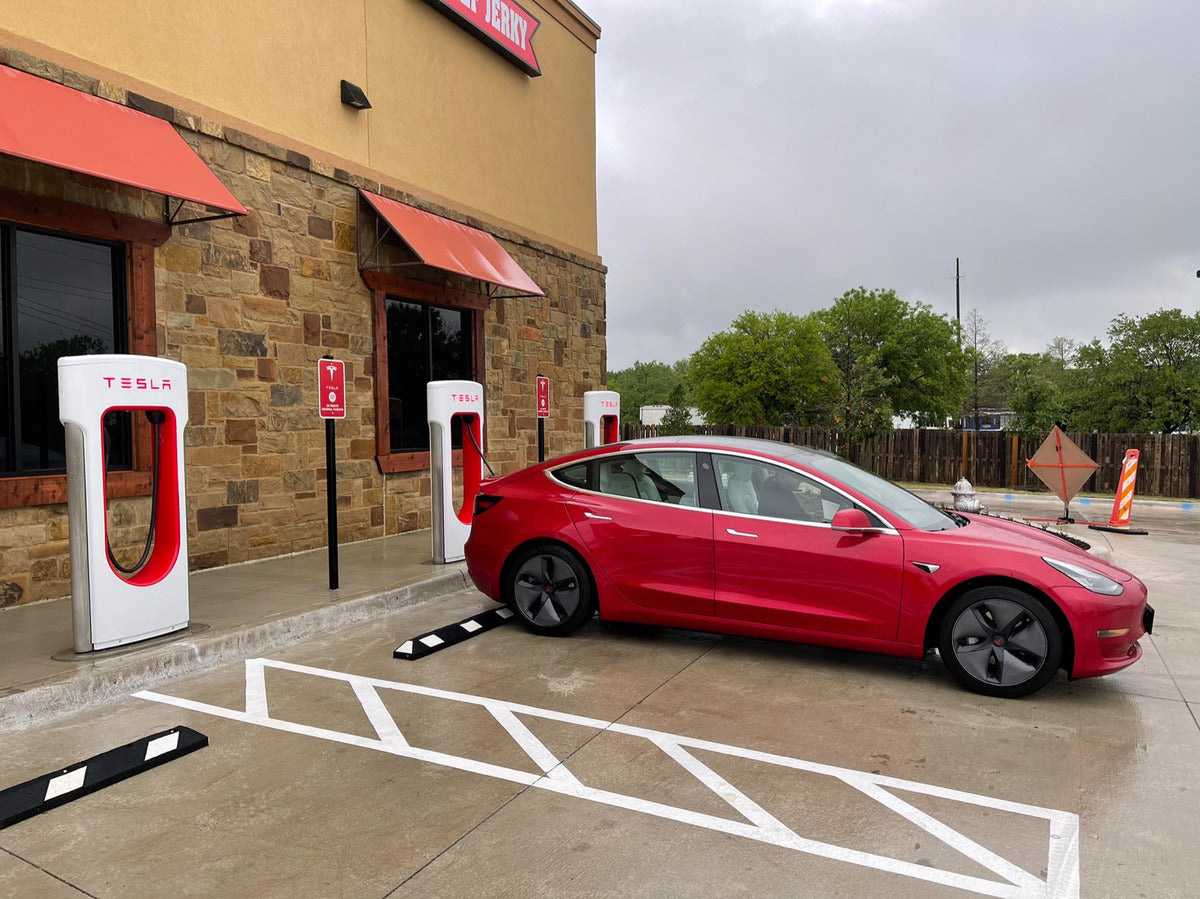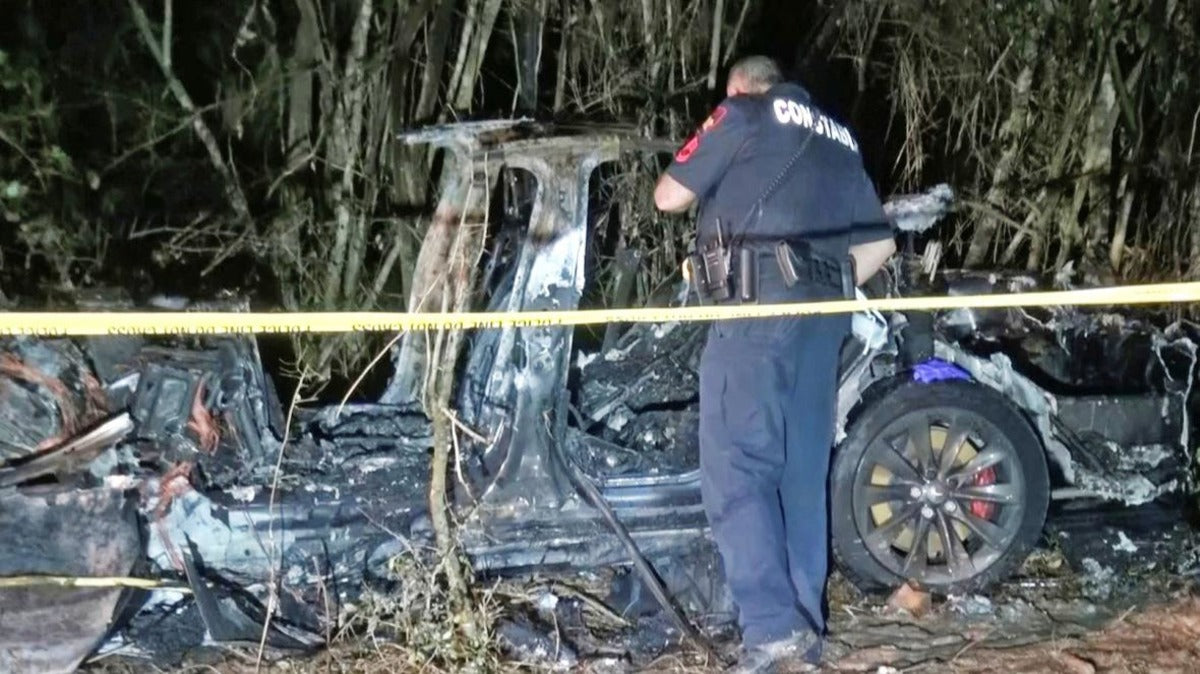Featured Image Source: NetVault
NetVault, an Australian telecommunications provider that provides IT service companies access to Internet, secure Cloud services, and world-class Telephony, partnered with Cisco, a global networking hardware and software manufacturer, to create 'Project Halo'. The project is offering a $100,000 grant for a regional Australian school to receive reliable internet service from SpaceX’s Starlink network. “Codenamed Project Halo, this initiative is the brainchild of NetVault, which approached SpaceX and Cisco with a vision to gift students, teachers and families in regional Australia with high speed, low latency Internet, putting them on par with top tier city schools,” they announced in a press release on April 19. “The grant covers Starlink terminals for the school itself, a select number of students, teachers or local community members, along with Cisco Video conferencing hardware and software.”
NetVault Senior Systems Consultant Radek Tkaczyk said he realized how many students living in rural Australia did not have access to a reliable source of internet. “Project Halo will greatly benefit regional Australia, and will be deployed in an area where access to high-speed broadband has been unreliable or completely unavailable. It will help children and community members who may not otherwise have access to the tools they need to realise their full potential,” he stated.
SpaceX started to provide Starlink satellite broadband service in Australia early this month. “NetVault was first in Australia to deploy standalone Starlink terminals to end users on April 12, 2021, when the units first started shipping from SpaceX,” Tkaczyk shared. “NetVault again has the opportunity to be the first in Australia to use this technology at scale. The technology from SpaceX has already made its mark on the global market for providing superior connectivity, with its satellites positioned much closer to earth than those used by the National Broadband Network (NBN),” he said. The NBN is a satellite service operated by Australia's government.
 Photo: NetVault Senior Systems Consultant Radek Tkaczyk with SpaceX Starlink Kit./Source: NetVault
Photo: NetVault Senior Systems Consultant Radek Tkaczyk with SpaceX Starlink Kit./Source: NetVault
Any Australian school with students living in rural areas located at least 50-kilometers away from their closest capital city can apply for the Project Halo grant by submitting a 500-word essay and short video at the company’s website netvault.net.au/ProjectHalo, about how high-speed internet access would benefit their school and community; application period ends on May 30, 2021. The Project Halo grant winner will receive a package worth up to $100,000 that includes include 12 months of high-speed internet for the school and members of the local community. “Rather than hand-picking a school, we want to go out to the community to learn where this technology is really needed. The grant isn’t just for the school –we’ll also be connecting up to 30 homes which could include private access for teachers and students,” Tkaczyk shared. The equipment and services that will be provided by Project Halo for free are: Starlink dish antenna terminals, Cisco routers with NetVault 4G LTE failover technology, Cisco teleconferencing hardware, and NetVault consulting and implementation services. “Cisco will be providing the hardware to make this project a reality. It’s fantastic to have well known and trusted brands like Cisco and SpaceX working alongside Netvault to do something that has never been done before here in Australia and will have such a huge impact on a community,” Tkaczyk stated.
According to NetVault, the combination of services will offer reliable connection, the winning school will connect with Starlink satellites to internet 'that is up to 15 times faster' than the NBN Sky Muster satellites. Tkaczyk believes that SpaceX Starlink service is superior to Australia’s NBN network for rural regions. “We simply couldn’t run Project Halo on NBN Sky Muster – it just doesn’t have the same capacity to deliver low latency and high speed due to the limitations of the current technology,” he said. “NBN Sky Muster satellites are positioned some 36,000km (kilometers) from earth in a geostationary orbit, while Starlink satellites are in a low earth orbit and only 550km away, which makes a huge difference in terms of performance.” To date, SpaceX operates approximately 1,443 Starlink satellites in Low Earth Orbit, out of over 12,000 that will gradually be deployed in the years to come. SpaceX Starlink can currently offer internet speeds of 50Mbps to 150 Mbps (megabits per second), with low-latency of just 20ms to 40ms (milliseconds). “For comparison, the average broadband speed in rural and regional Australia using the NBN’s Sky Muster satellite network is between 10 and 20Mbps, with a latency 500 – 600 milliseconds,” Tkaczyk said, “Most users experience dropouts or buffering during video conferencing calls when latency is above 150 milliseconds.”
NetVault will work along with SpaceX’s internet system by linking the Starlink network to NetVault’s 10 data centres located around Australia. “This means that if, for a few minutes, a Starlink satellite is not within range or is out of service temporarily, users will be automatically failed-over to the standby 4G LTE circuit in under one second, so their service is not interrupted and remote learning is unaffected,” Tkaczyk stated. “There is no failover like this currently available for most remote users, who would be forced to wait for the service to reconnect and start their video or voice call again.”

Photo: NetVault Senior Systems Consultant Radek Tkaczyk/Source: NetVault

All Images Source: NetVault
Author's note: Thanks for supporting TESMANIAN! Twitter: Evelyn Janeidy Arevalo








